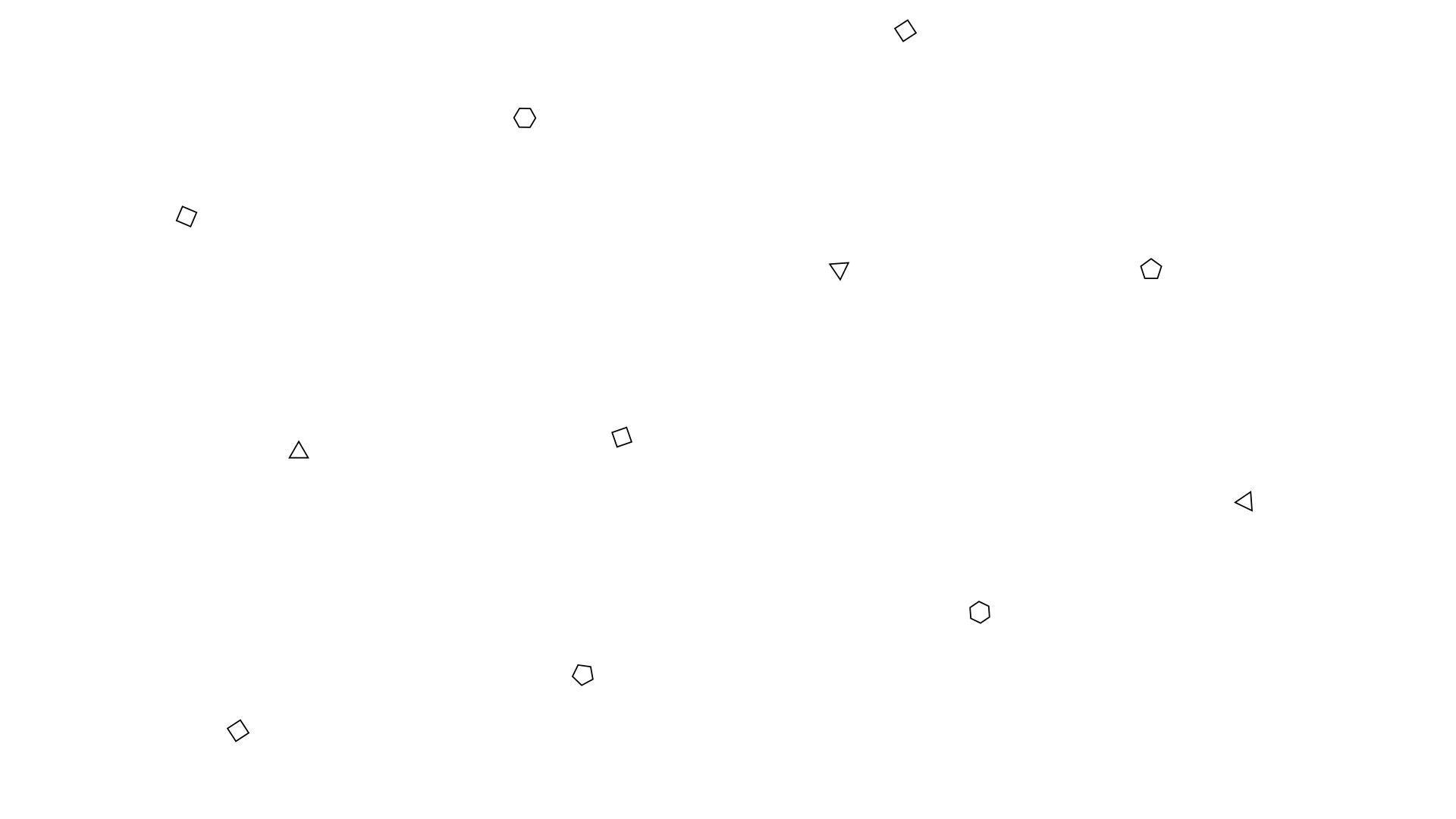Keywords. Synonym and Antonym.
- Maria Laura Bassi
- Oct 18, 2018
- 3 min read

My project is define by 3 keyword: Material, Puzzle and Sense.
Definitions
MATERIAL
noun
- the substance or substances of which a thing is made or composed.
- anything that serves as crude or raw matter to be used or developed.
- any constituent element.
Synonyms: object, fabric.
Antonyms: ethereal, mass produced
PUZZLE
noun
- a toy, problem, or other contrivance designed to amuse by presenting difficulties to be
solved by ingenuity or patient effort.
- something puzzling; a puzzling question, matter, or person
- a puzzled or perplexed condition; bewilderment.
Synonyms: combination, modular
Antonyms: whole, intact, clear
SENSE
noun
- any of the faculties, as sight, hearing, smell, taste or touch, by which humans and animals
perceive stimuli originating from outside or inside the body.
- these faculties collectively.
- their operation or function.
Synonyms: rational, feeling, theory, geometry.
Antonyms: madness, invisible.
The first word came to my mind because as a designer and a maker I like handle solid substances, see how people can interact and work with them. All my projects has started from a concept but developed and explored by experimenting with different materials, which is actually what made the project take shape. Because of the different properties of each materials, the discover and the outcomes were always singulars and particulars. Thanks to it, abstract concepts can be express and manifest in a more concrete way.
Puzzles, more precisely jigsaw puzzles, have always captured my attention and my curiosity: in order to solve them, see how would it be the solution and the result. It was like accepting a challenge, which stimulates logic and develop intuitive skills. With the years, from jigsaw puzzle in 2D we can entertaining ourselves with puzzle in 3D or more complex toys, such as brain teasers. It is interesting see how this concept of "puzzle" is developed in videogamesb, such as Tetris or more recent version in 3D called Monument Valley. Also letters and number are getting envolved in, in fact we can play Wordcross or Sudoku. Besides develop skills, solving these puzzle offers sotisfaction to the player and stimulate to dare with more complex toys. This attitude might help in everyday tasks and taking decisions.
Everything surround us stimulates our 5 senses: sight, sound, smell, taste and touch. It is receiving these sensory information that allows us to determined how take action. Or it warns us to take precaution in certain situation. Then our decisions produce different and personal results.
Therefore, my research has been focused on the themes of game and stimulate curiosity towards puzzle.
How people respond to it?
What do player want to get playing with it?
How far can the complexity of a game goes?
The first version of a puzzle was an educational tool, which didn't take in consideration the entertainment aspect. John Spilsbury was a British engraver and cartographer who mounted a map on a sheet of wood and then sawed around the outline of each individual country.
Ernõ Rubik instead make one of the most entertaining and best selling toy of the last 40 years: the Rubik's cube. As a professor from Budapest in Hungary, he wanted to help his students understanding three-dimensional problems with it, but then it has become more and more popular, also thanks to its notorious for being solved with difficulty.
Not always solving a puzzle bring satisfaction and good feelings.
In the horror movie Hellraiser, the solving of a little wooden box, which is actually a brain teaser called Lemarchand's cube, open the door of a parallel world, where who solved the enigma of the box will discover first the pleasure of it and then will die.
Different shapes have been experimented and different ways to disassemble and re-assemble too.
Which senses can I involve to make the player more and more engage with the game?
Is the presence of different materials important to attract the player?
Can that help the player to get hints to solve the puzzle?



Comments